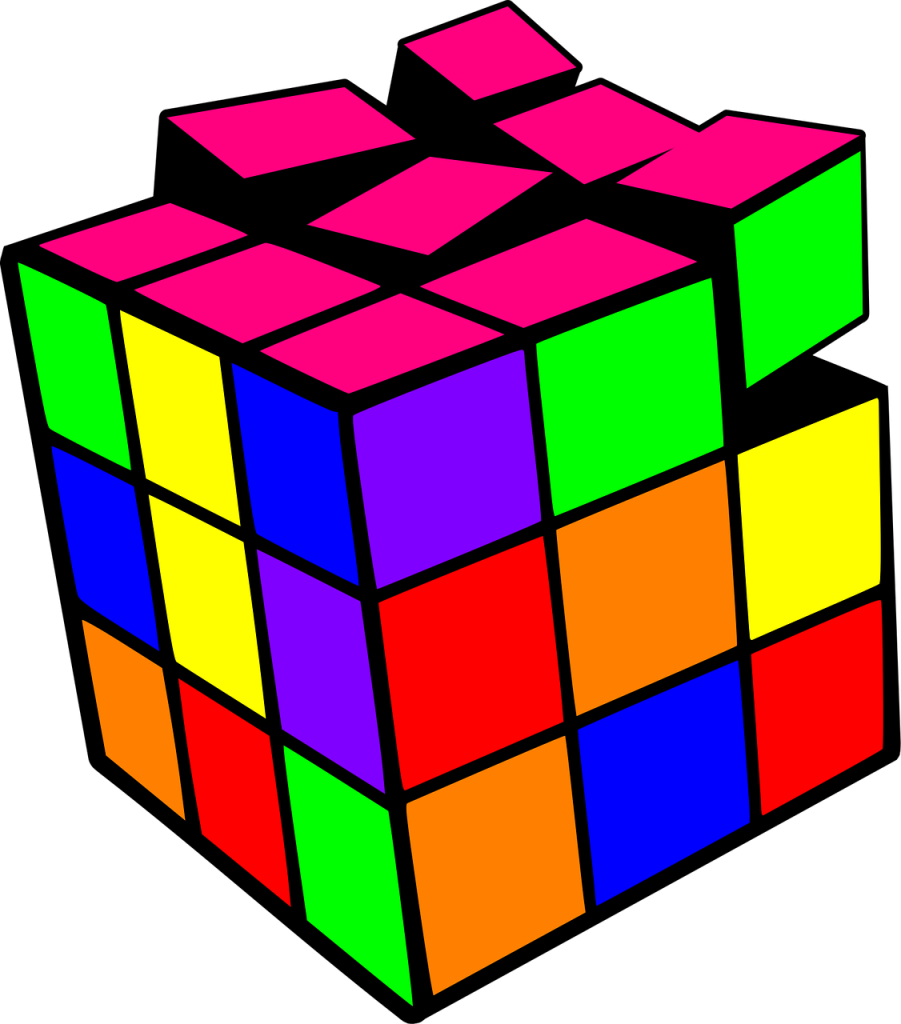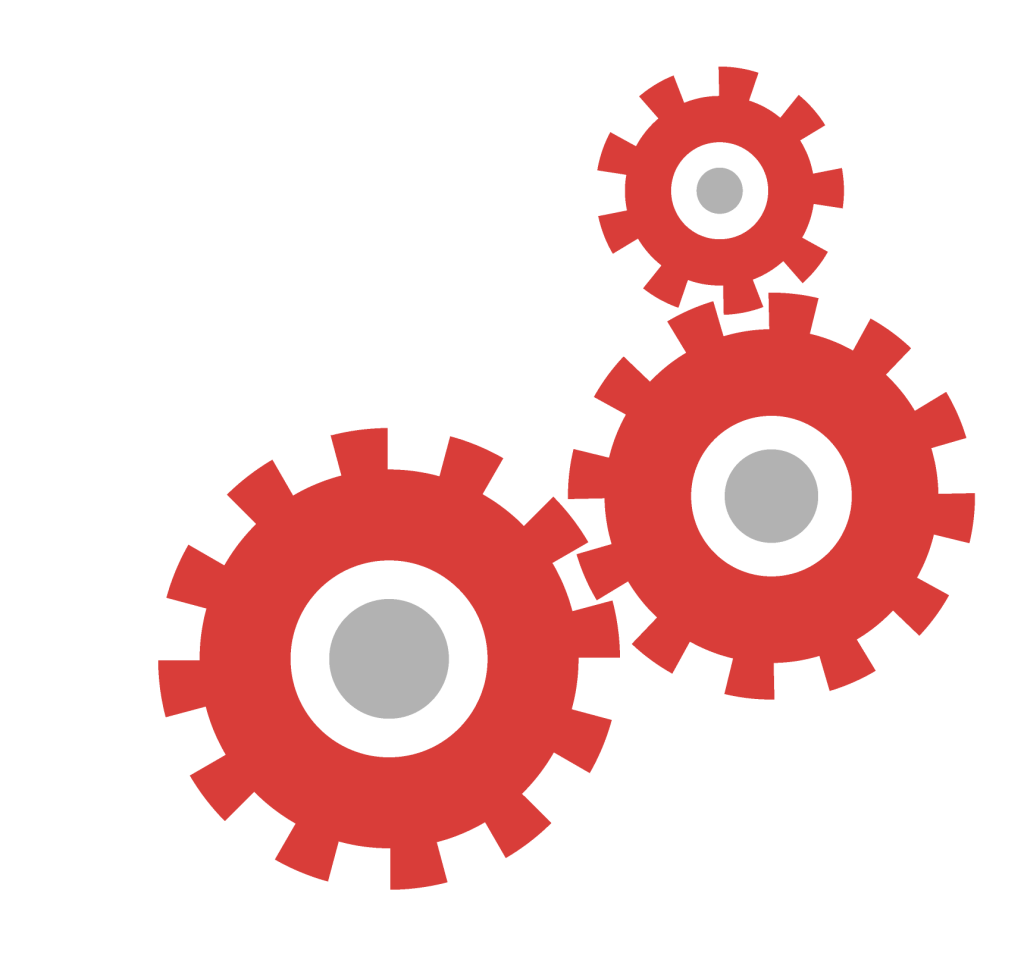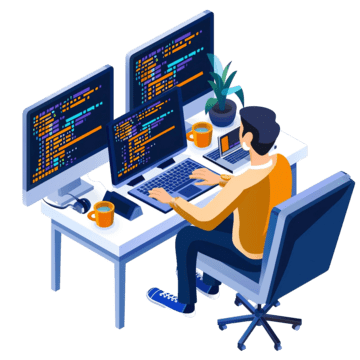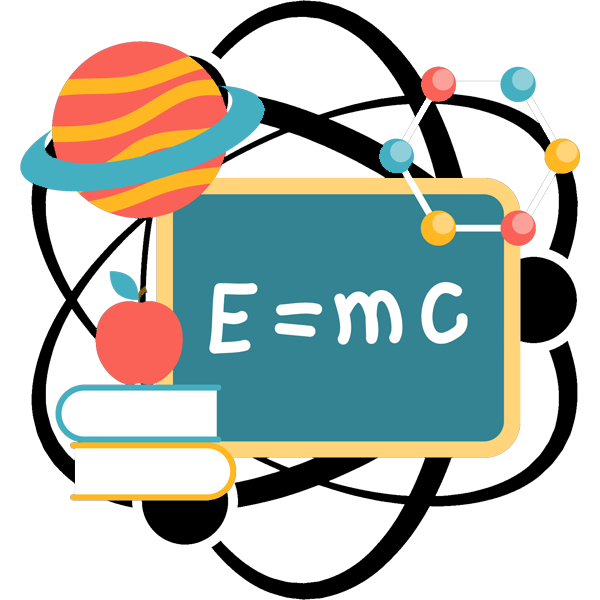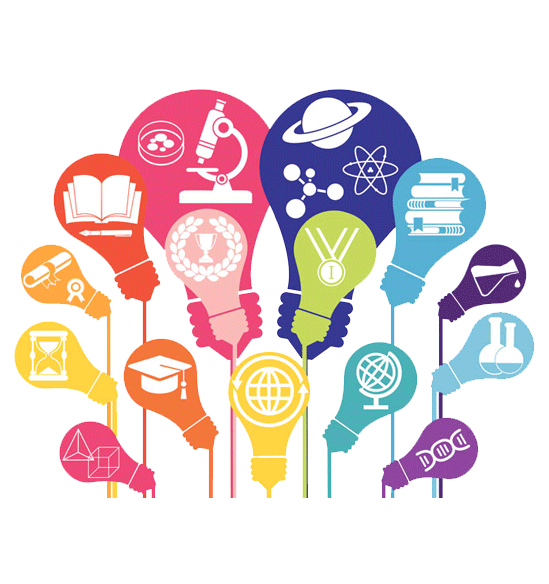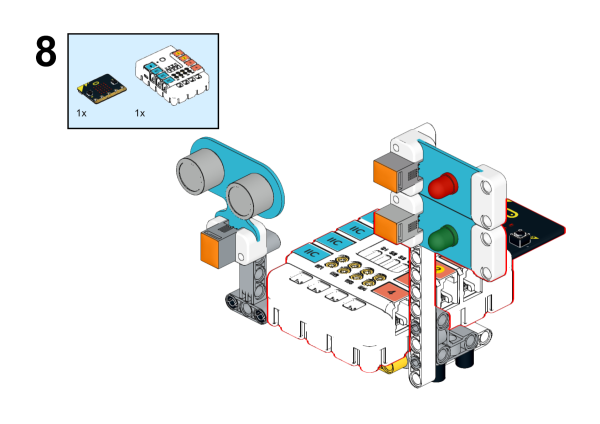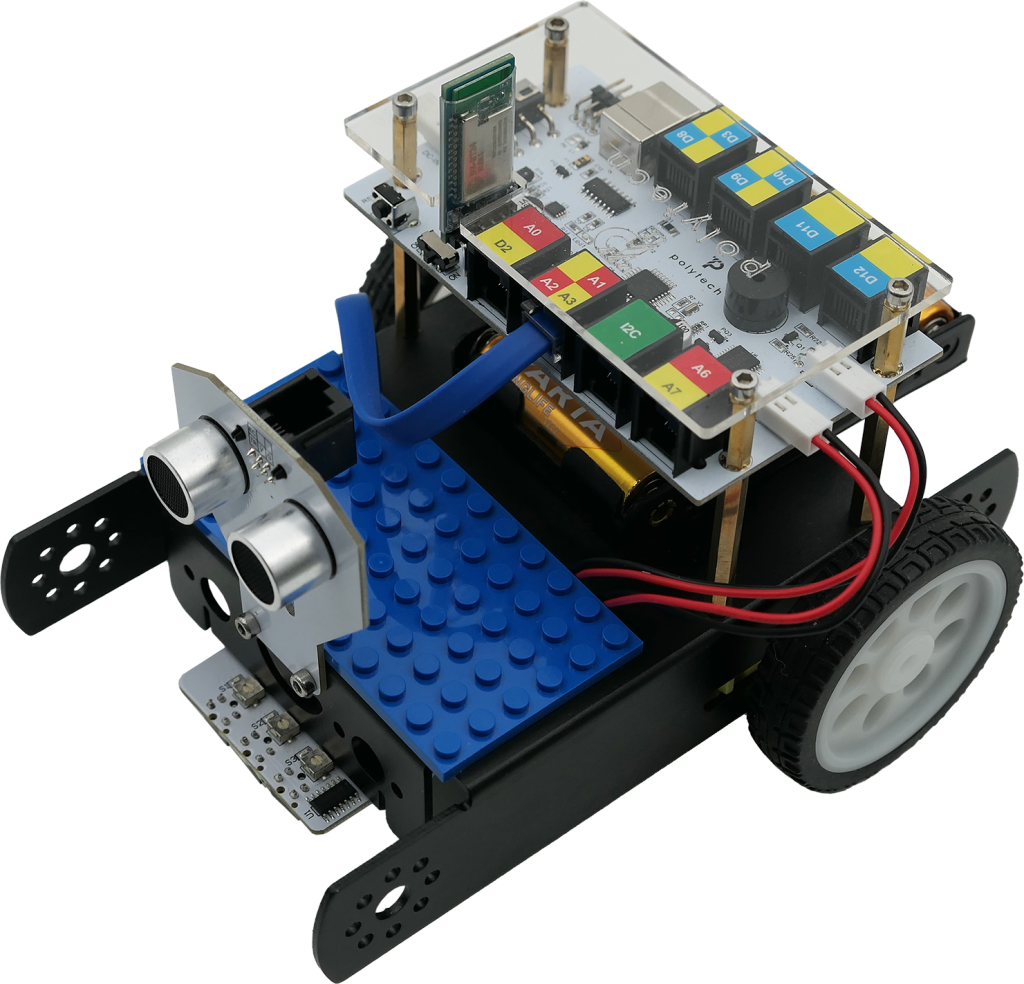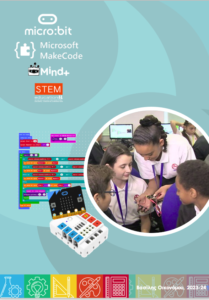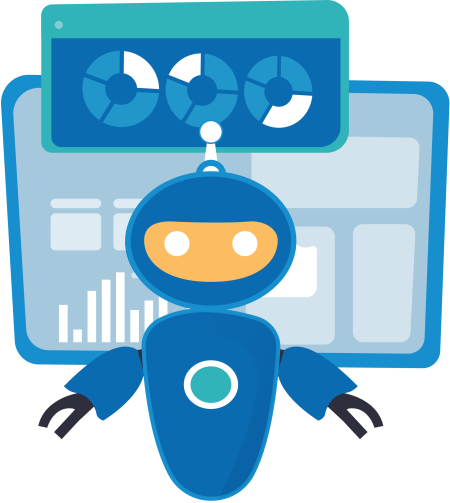- New application for recording data from Serial, plotting them in a diagram and storing them in an .xlsx or .csv file.
- New page with[New developments]
- Team registration/registration form, on the[Competitions] page. Details about the competition can be found here.
- Materials and courses for the use of school equipment.
At the moment there is a focus on the use of the Ministry’s equipment. To this end, cables are being created with which sensors can work with as many boards as possible, the STEM Extension with which we can program S1 & S2 with Mind+, Lego type building materials, Supporting materials with related lessons and books and suggestions. Seminars have been started to make use of the equipment available in schools.
The preparation of the Panhellenic Competition is in progress, for which the registration form for teams, information, the webinars for teachers’ preparation, etc. can be found here.
We can design our own knowledge and skills path.
Starting from what I am and where I want to go, we end up going through similar educational material, which is available in the [Repository] and in the [Repository structure] that is organised to facilitate this journey.
Good navigation.
Born: 29 February 1928, Pretoria.
Died: July 31, 2016, Blue Hill.
Nationality South Africa and United States of America
Education: University of Witwatersrand, St. John's College, University of Geneva and University of Cambridge
Awards: Guggenheim Fellowship and Marconi Prize (1981)
Research field: Cognitive science
Qualification: Mathematician, computer scientist, educator, university lecturer, psychologist and artificial intelligence researcher.
PhD Professor Frank Smithies and Jean Piaget
Fellow of the Massachusetts Institute of Technology. He is one of the pioneers of artificial intelligence. He invented the Logo programming language.
1949. Graduated from the University of the Witwatersrand.
1952. became holder of a PhD in Mathematics from the same university.
1959. Earned another PhD in mathematics from Cambridge University.
Educational robotics is a growing field that combines technology, education and the science of learning. The history of educational robotics takes us back to Seymour Papert, who is one of the pioneers in this field.
Seymour Papert was one of the first to highlight the potential of robotics in education. In the 1960s, he formulated the theory of the “constructive learning process,” which posits that students learn best when they act in the space of actual construction and discovery.
Based on this theory, Papert developed the Logo programming language, which was designed specifically for children. Logo allowed kids to program a special kind of robot, known as a “Logo Turtle,” to move around the computer screen. This activity enabled students to explore mathematical and algorithmic topics in a hands-on and fun approach. Since then, educational robotics has evolved significantly.
Modern platforms like LEGO Mindstorms allow students to build and program real physical robots using sensors, motors and other components. These experiences train students not only in technology and programming, but also in collaborative work, discovery and critical thinking, learning and creativity.
Automation is a critical safeguard for robotics as it allows robots to operate autonomously and adapt to their environment. They include sensing through sensors, processing information and making decisions based on that information.
Sensory sensing allows robots to perceive their environment through sensors such as: cameras, touch sensors, distance sensors, rotational sensors, etc. This information is then analyzed to help the robot understand its environment and make decisions.
Information processing involves the use of algorithms as well as machine learning to analyze and interpret data. This processing may include object recognition, pattern recognition and motion prediction.
Decision making is based on the analysis of sensor data and the application of processing algorithms that influence the behavior of the structure. This can include adjusting the route, avoiding obstacles, performing tasks and more.
Automation with microprocessors, active components, building materials and robotics are opening new horizons in the field of Education as well, providing opportunities to encourage and develop skills for students.
Microprocessors with their structure, properties and capabilities, prompt students to take initiatives in data processing and device control, open new horizons in the educational process, encouraging the development of understanding of Technology.
With the use of automation, students are confronted with practical issues/problems of everyday life (now), which require logical thinking and creative solutions. Robotics stimulates the imagination and allows them to create and program their own approaches to solutions to real problems.
Educators have the opportunity to encourage combinatory thinking by creating programs/apps/constructions that require fine motor skills, spatial awareness, strategic planning, persistence, patience, collaboration and social skills, skills useful in shaping students’ personalities. as decision-making ability and self-confidence develop.
In conclusion, microprocessors, automation and robotics are powerful educational tools that encourage the development of multiple competencies and promote an integrated approach to Education.
Brief historical review
1959
Seymour Papert begins his collaboration with Jean Piaget at the UNESCO Research Center in Geneva, which influenced the development of his ideas on education and technology.
1967
Seymour Papert and Wally Feurzeig develop the Logo programming language at MIT, allowing children to explore programmed logic through the movement of the Logo Turtle.
1970
The appearance of the first personal computer, the Apple II, paves the way for the application of Papert’s ideas in the field of education.
1980
The appearance of the first robotics kit, the LEGO TC Logo, promotes the development of educational robotics.
1990
Introducing the LEGO Mindstorms Educational Robotics Kit, allowing students to build and program their own robots.
2000
During the 2000s, educational robotics continues to evolve with the introduction of new technologies and platforms. Early versions of LEGO Mindstorms are becoming very popular in schools and are contributing to educational robotics.
2010
This decade is marked by the emergence of new educational robotics platforms.
The continued development of technologies such as artificial intelligence, augmented reality and autonomous algorithms are enhancing educational robotics, enabling the development of advanced systems and platforms such as VEX Robotics and Arduino.
2015
The micro:bit is a microcontroller developed by the BBC as part of an educational program in the UK. The micro:bit is designed to be easy to use and provide students with the opportunity to explore the world of programmable electronics and educational robotics.
Through sensors and outputs such as LED screens, accelerometers, magnetometers and others, students can create automations and creative projects. The micro:bit has become a popular choice in many educational programs and schools around the world, helping to popularize and spread educational robotics to young and young learners.
Today
Educational robotics has been integrated into the curricula of many schools and universities worldwide, and technology continues to evolve at a rapid pace, offering even more opportunities for the educational and professional use of robotics.


